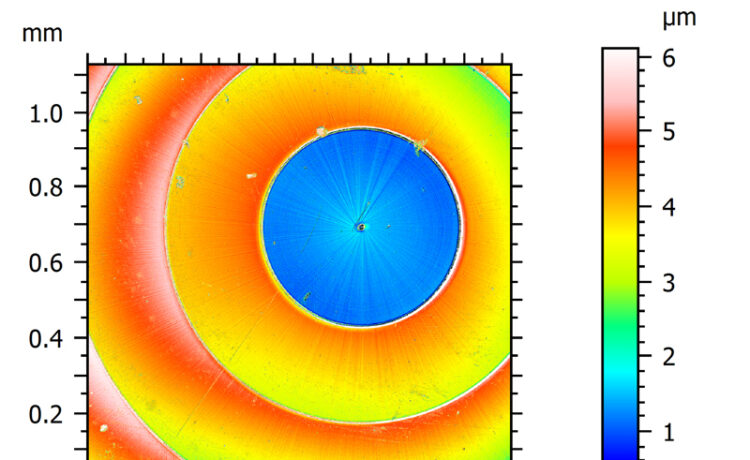Diffractive Optics – The Science of Using Light to Produce Optically Curved Light
Diffractive Optics is an important part of many scientific experiments. Diffractive Optics (DDO) is used to produce images with curved surfaces and curved mirrors. The name comes from the “diffractive” element which uses diffractive optical elements (DOs) which are made up of tiny crystals, usually shaped like a bowling ball. These DDO crystals are used to focus light on the desired object and change the way it bends as the crystal grows smaller. Although Diffractive Optics is commonly used in many scientific experiments, it is often not that well understood in laymen’s terms. In order to understand Diffractive Optics in a layman’s terms, it’s useful to understand a little bit about diffraction.
Basically, diffraction is a phenomenon where the path of a wave, or light, can be altered by a point source. The point source can be a straight edge, or a parabolic mirror, or even a very shaped object. Usually, the point of view is termed the incident source. Because light waves have varying speeds as they travel, diffraction occurs when rays of light are traveling parallel to the direction of motion. A common example of this is a reflecting telescope or mirror. The parabolic mirror reflects light on one side while the focusing lens focuses light on the other side.
What to understand about diffractive optics?
- When discussing diffractive optics, it’s important to understand that the elements of the device need to work together in order for the experiment to work.
- If any of the diffractive optics elements are not working together properly, the results will not be effective.
- In simple terms, the objects must be viewed from exactly the right angle; all the required elements must be perfectly aligned; and the object must be focused on the retina at exactly the right point.
- Diffractive lenses are constructed of plastic or glass with certain types of optical elements between them.
A diaphragm is usually present within the housing and acts as a squeegee to hold the glass or plastic construction in place. A few diffractive lenses are constructed differently and utilize metal bars instead of a diaphragm.
Diffractive lenses are fabricated in three different ways. These include glasshouse building techniques, single shot fabrication techniques, and transferring technologies. Glasshouse construction techniques most often use computer-controlled laser equipment to build the component parts.
Single shot fabrication techniques require the use of a computer-controlled robotic arm to place the microlenses in a precise location. For instance, if an object is to be constructed using a photorefractor and its associated wavefront, the position of the array is critically important in determining the best parameters for the measurement. Transferring technologies use lasers to selectively focus a transmitted wavefront onto an object which causes its diffraction properties to change. All of these methods are necessary in the construction of diffractive optical elements.








